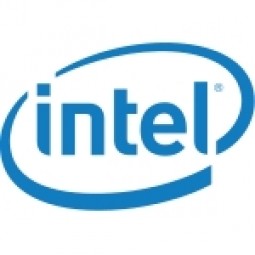Overview
 |
Employing Intel Deep Learning SDK Toward Bettering Image Recognition ModelsIntel |

|
Application Infrastructure & Middleware - Middleware, SDKs & Libraries | |
Computer Vision | |
Operational Impact
The first positive impact of this case study involves enhancing one's understanding of how the human visual system and convolutional neural networks work. In doing so, one receives great exposure into LeNet*. | |
Getting insight into MNIST dataset is the second positive impact of this case study. To increase the variation in data, the final MNIST collection uses 30k images from each dataset for training and 5k images from each for testing. | |
Using the Intel® Deep Learning SDK to train the model is the third positive impact of this case study. One of the main advantages of using the Intel Deep Learning SDK to train a model is its ease of use. As a data scientist, your focus would be more on easily preparing training data, using existing topologies where possible, designing new models if required, and train models with automated experiments and advanced visualizations. | |


